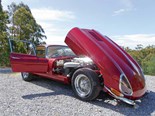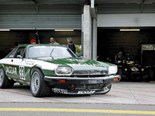1991 Jaguar XJR-15: Reader Resto Part 1
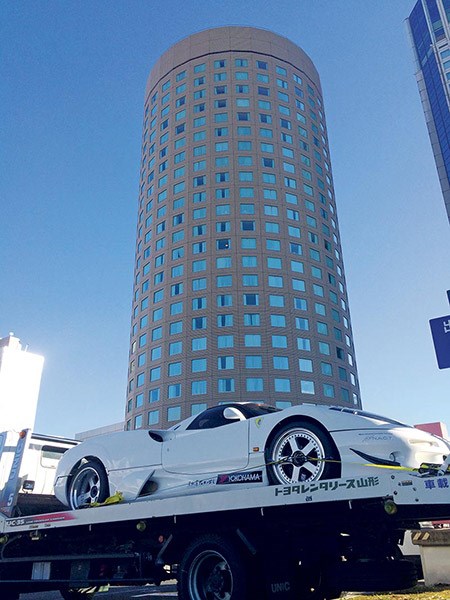

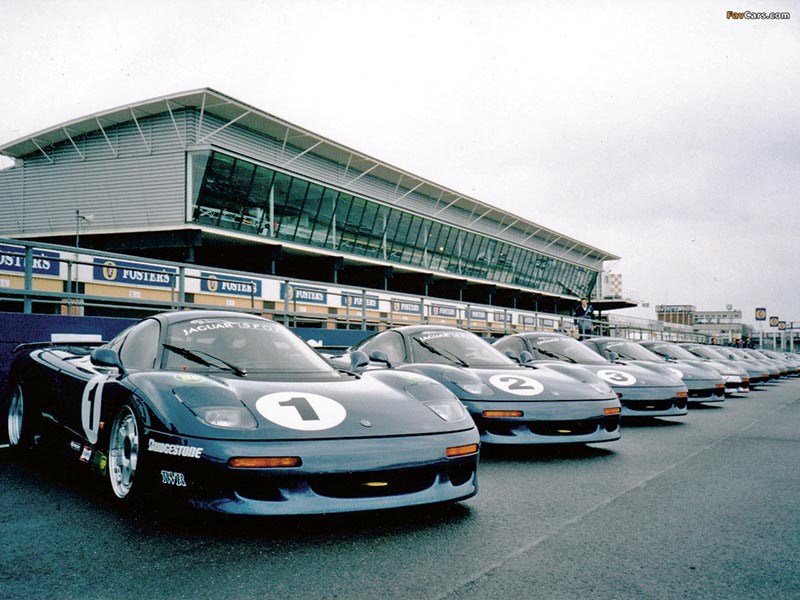

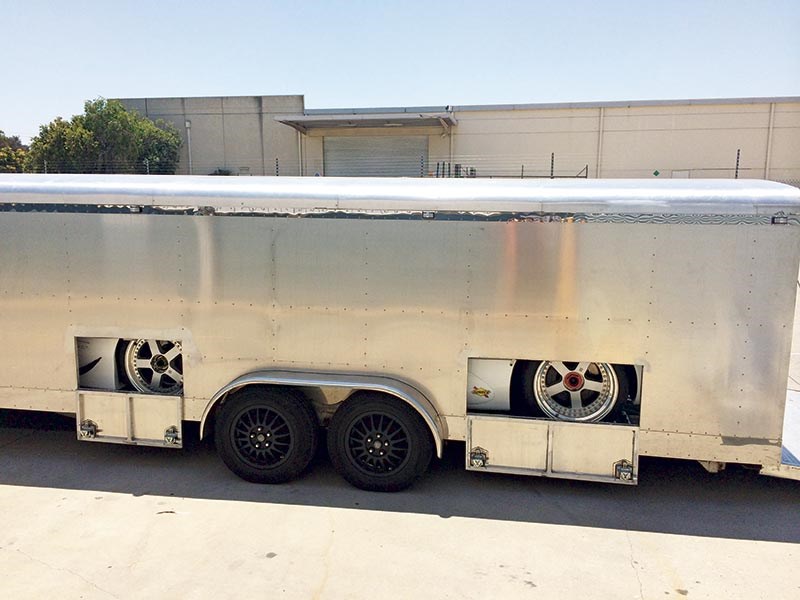

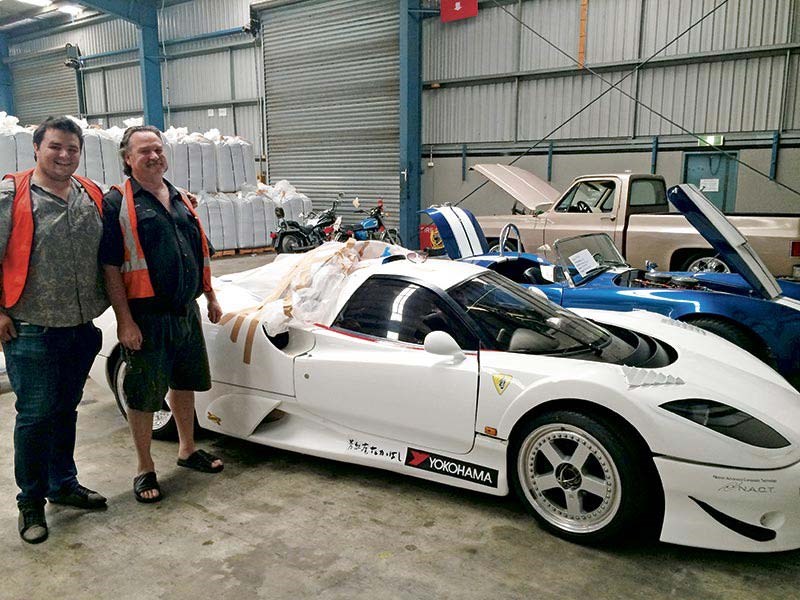

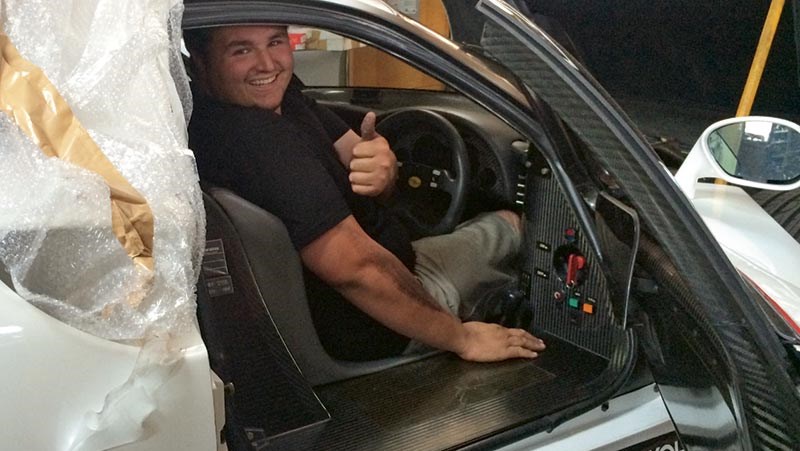

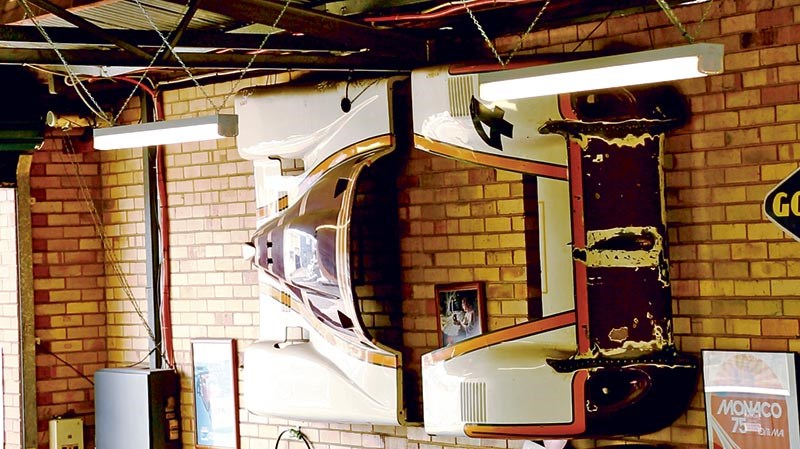

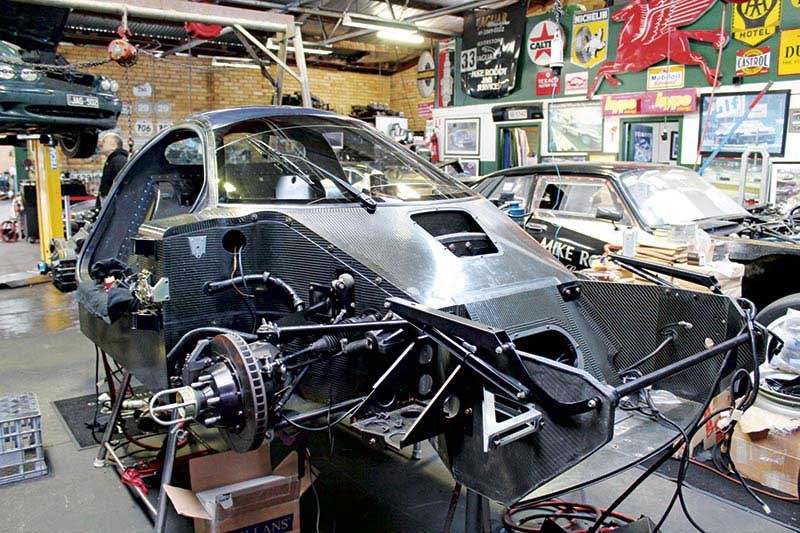

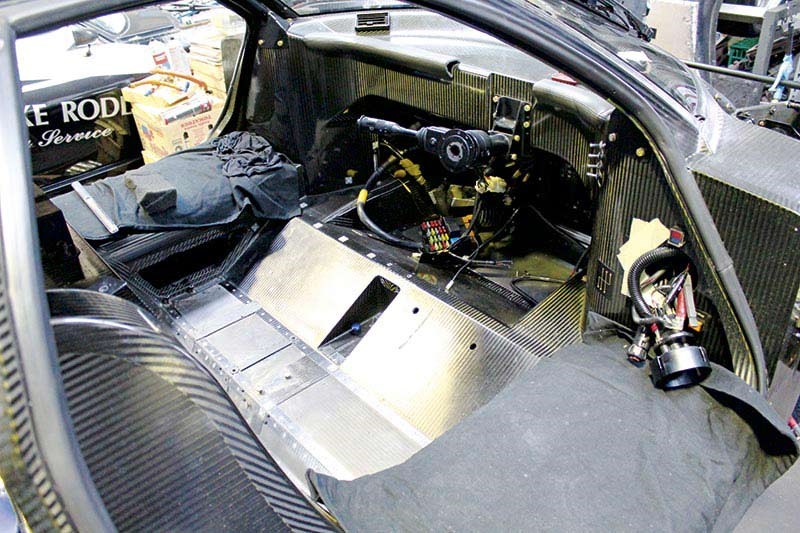

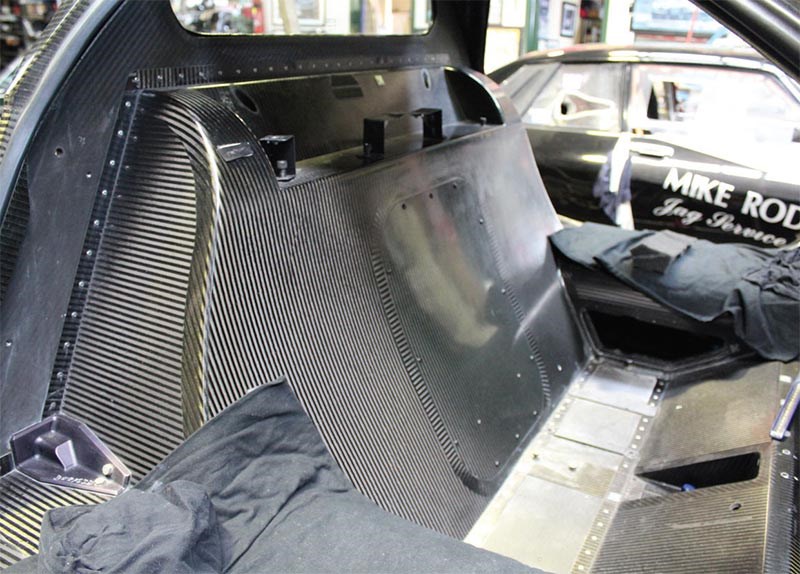

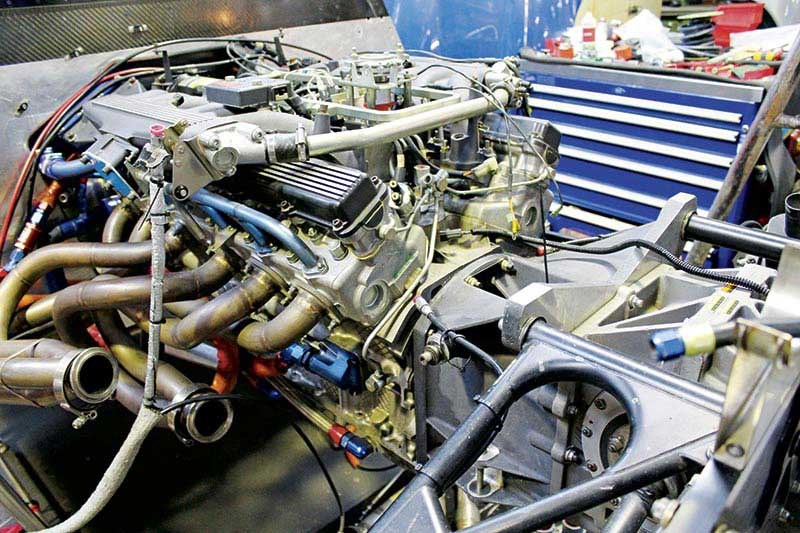

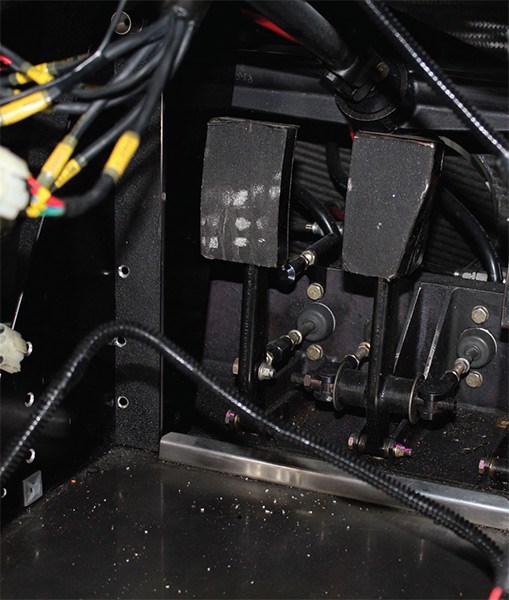

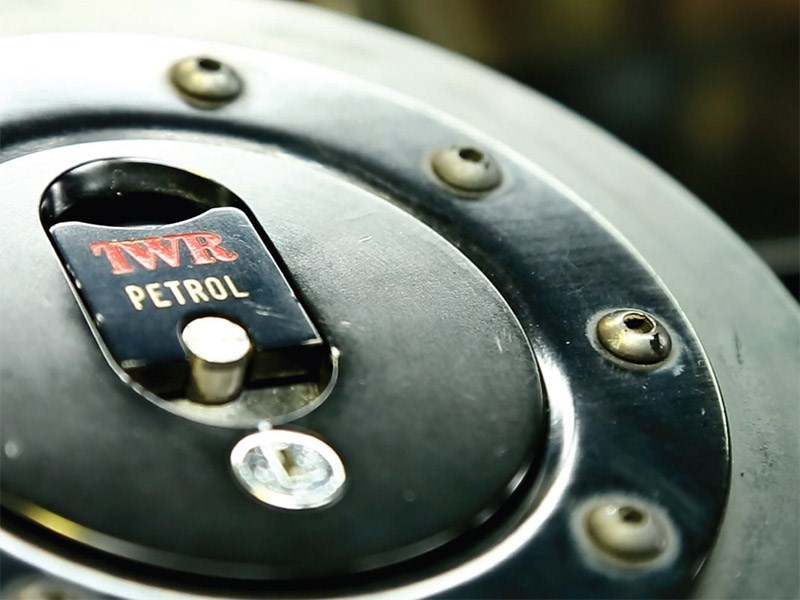

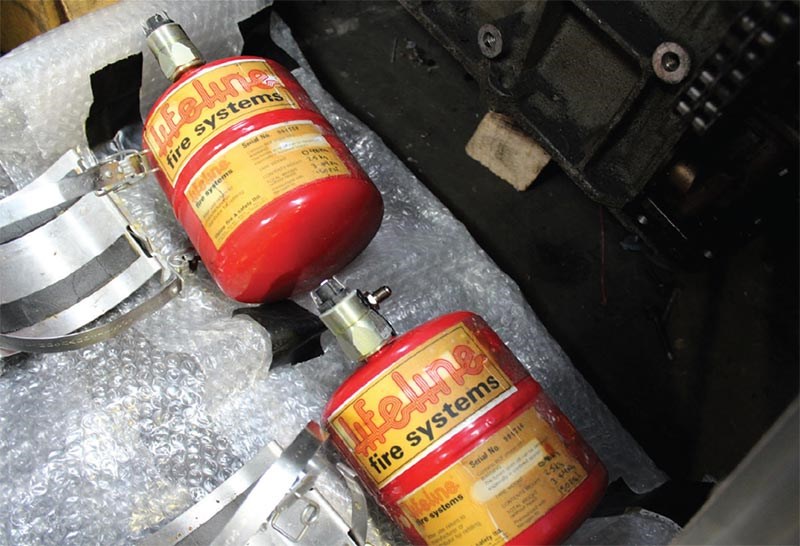

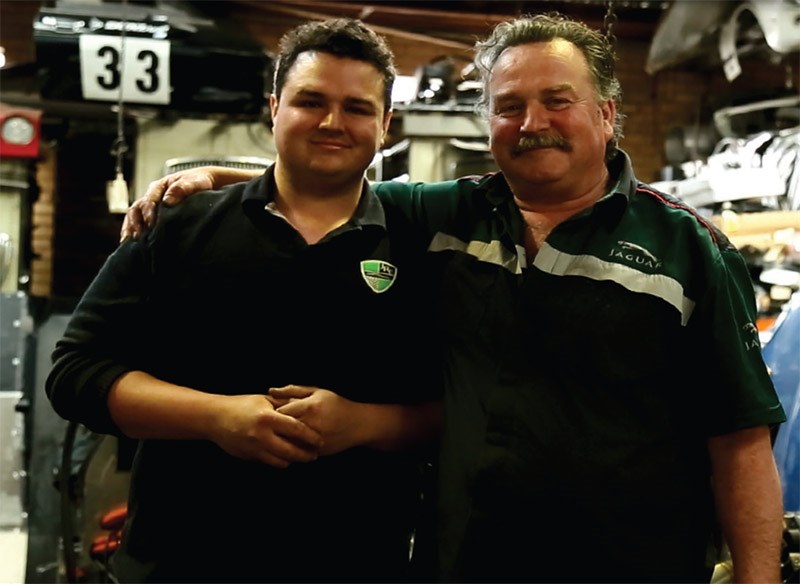

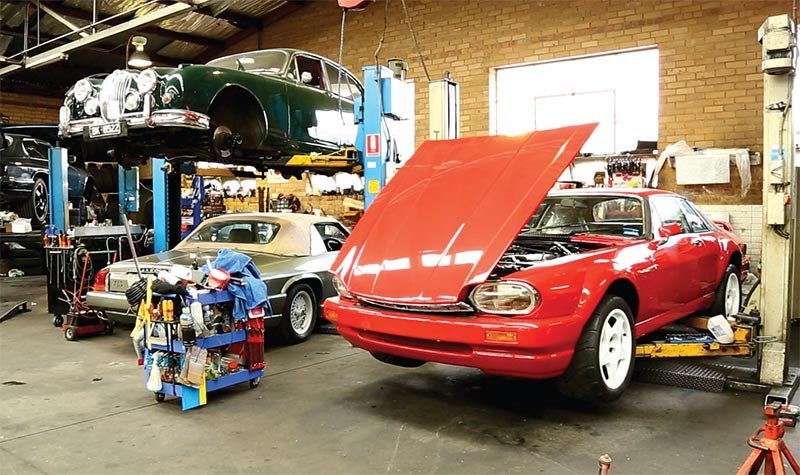

.jpg)
.jpg)

|

|

|

|

|

|

|

|

|

|

|

|

|

|

|
.jpg)
|
Some people like to go against convention. Jordan Roddy is doing exactly that, restoring one of the rarest supercars in the world, on a budget, with his bare hands
1991 Jaguar XJR-15
Ask most 29-year-olds about supercars and they’ll probably tell you about something they’ve driven on Forza or Gran Turismo. Or the Jeremy Clarkson DVD they got for Christmas. Jordan Roddy is different. He tracked down one of the rarest cars on the planet, travelled to Japan to buy it and is now in the process of bringing it back to its former glory.
The car we’re talking about is the awesome V12-engined Jaguar XJR-15. Most people will never have heard of it. Those who have might justly assume that every example is locked away in the dehumidified garage of a wealthy speculator. Not this one.
But just as this is no ordinary car, Jordan Roddy is no ordinary owner. He’s an enthusiast rather than a trader, with a patient wife and a young son being raised in a typical family home. Yes, he has spent more than most would think sensible in order to achieve his boyhood dream. As a six-year-old, sleeping on the bottom of bunks shared with his brother, on the wall right beside his head was a big glossy poster of a Tom Walkinshaw Racing/Jaguar Sport XJR-15 in its metallic blue paint. Jordan’s dreams never left him. In fact they’ve defined him.
In the mid-to-late eighties, Jaguar was the force to be reckoned with in motorsport. Scotland’s Tom Walkinshaw won the 1984 European Touring Car Championship, John Goss won the 1985 Bathurst 1000, the XJR-9 won the World Sportscar Championship in 1987, ’88 and 1991, and most importantly, Le Mans was won by Jaguar, mauling the Porsche competition in 1988 and 1990 in the XJR-9 and XJR-12 respectively. Tom Walkinshaw Racing had given the big cat back its claws. Long sharp ones at that.
To underscore its competition success Walkinshaw partnered with JaguarSport, the company’s new division entrusted with the production of 50 exotics based almost entirely on the XJR-9 race car. It kept the race-bred suspension, monocoque carbon fibre tub (widened by 75mm), brakes, and drivetrain. Even the car’s designer, Peter Stevens (who’d go on to pen the McLaren F1) had serious cred in the supercar fraternity. Most importantly for Jordan Roddy, between Jaguar, Walkinshaw and Peter Stevens the resolve and talent were there to build something truly inspirational to look at, something monstrously fast, and exclusive enough to catapult Jaguar straight into the upper echelon of supercar manufacturers.
As soon as he was able to, Jordan worked his knuckles in the family business with father Mike Roddy, servicing, restoring and incessantly tinkering on countless leaping Jags. Building his knowledge, studying profusely, he has learned a lot from his old man, who would no doubt be incredibly proud of his boy.
"I basically got unlimited access to playing around with cars, I’m probably one of the luckiest guys around in that regard. I was always in here with Dad." The Roddy obsession with the British marque stretches back three generations.
"My grandad worked on them, Dad’s worked on them for over 30 years, and I was only four or five when they announced the XJR-15 – I was hooked," he says. "It was all about the poster. It was on the wall next to me every night when I went to sleep. It’s my bucket list car."
For Jordan, as far as he was concerned, the bucket list was about as close as he’d ever get to owning that dream Jag of his. Or so he thought.
"I’m fortunate that I was always good at saving money as a kid. Later, I invested in a few things that I was hoping to buy some property with. I was about to sell some of that investment for some property, when I was scouring around in Japan for another V12 XJS project. I came across the XJR-15 engine and a series of miraculous and curious phone calls happened – I found the chassis owner. Fortunately he spoke English and told me, ‘I may sell it. But check back with me and we might be able to do a deal.’ Like a dog with a bone I hounded him every day for over a week. I got a whiff and when he said, ‘Okay let’s see what we can do with this Jag’, that was it, I was sold. I went to the bank and was on a plane to Japan that same day."
Jordan found himself on the bullet train from Tokyo to Yamagata nervous and excited, palms sweaty and knee bobbing furiously up and down. He scratched out a deal and eventually bought his XJR-15 in June last year.
"It took them six months to finish some engineering project they were taking telemetry for. But it was mine. The XJR-15 was mine. I couldn’t believe it."
He returned to the Land of the Rising Sun to pick up his supercar. Young Mr. Roddy and a close mate hired a long-wheelbase van and tow truck (apparently you can do anything in Japan) and made a beeline back to Yamagata.
"We had two days to get up there and get back, knowing an enormous snow storm was coming in. We were loading the car and spent a pretty crazy few hours hammering back down to the docks with this enormous V12 engine and transaxle gearbox in the rearview mirror and the car on a tow truck behind, as the blizzard got closer and closer. It was freezing cold, wind blowing and chaos on the roads."
They made it to the docks but were refused when Jordan asked to pack the container. "I said very persuasively that the only way it was getting off the dock was if I packed it! If any part of the carbon fibre was damaged it would literally compromise the integrity of the car and it’s damn-near impossible to repair properly. They let me do it – locked the container myself. I stood back and thought, ‘Holy shit, I’ve actually done this. I’m fulfilling my dream.’"
He’s well aware that opportunities like this are rare in a lifetime, and his family responsibilities created doubt. During his interview, Jordan was actually running on two hours’ sleep. Such is life with a young baby. But he remains philosophical and upbeat. "Smelling that rose was pretty special," he says. "I know when I jump in the car for that first drive it will be affirming. It’ll all be worth it.
The hard work starts when he sets his sights on Motorclassica. But this isn’t a Corolla, as Jordan explains.
"They couldn’t use the full race-spec seven-litre V12 engine from the XJR-9 race car because it was too maintenance intensive for a road car, emissions would’ve been out the window and the induction system was so tall you’d never see out the back. Jaguar built a very fast version of the XJS called the XJR-S which used the hotted up 5.3-litre V12, bored to six litres. Taking that as a base and the dry sump system off the race car they put them together using the bespoke Zytec fuel and ignition system. The original chief engine builder says the cars would put out about 480hp which was more than ample for a car weighing only 1050kg wet."
"What really captures me with the XJR-15 is not the engine or the sound," he says surprisingly. "Having seen it in-depth, the build quality on it is really special. You can get a protractor and measure the angle of the weave in the twill in the carbon fibre tub and find it matches perfectly on the opposite side. The welding is beautiful. Everything is so well-made, like a Swiss watch, it’s marvellous to see from an engineering point of view. The billet suspension parts are things of beauty."
When he fires up the engine for the first time, though, there is something feral about it. "Sitting in one with the engine running you can feel the reverberations through the tub," Jordy says, "It tingles every one of your senses. The heat – it feels like a breathing animal."
He’s put in every due diligence to get the XJR-15 together to being able to fire it up. But that’s only half the story.
"It’s not been about having a flash car to be seen in, it’s me proving that I can apply my skills and passion to a high-calibre car and forge my own business. I’m already seeing the rewards by achieving my dream, but I’m challenging myself again to get it ready for Motorclassica. I hope that I can inspire other young guys too. Nobody should limit themselves. If you want something, get off your backside and chase it, hard." There’s no doubt he’s achieved that.
Next update we’ll watch as Jordan Roddy pushes himself harder than ever to get his dream car restored and across the line – or if he can even get it there at all. His Jag dream is about to give him a bunch of smore sleepless nights. Stay tuned.
Read more:
Part 2 - Painting the XJR-15's carbonfibre body
Part 3 - Completion
Unique Cars magazine Value Guides
Sell your car for free right here
Get your monthly fix of news, reviews and stories on the greatest cars and minds in the automotive world.
Subscribe

.jpg)









